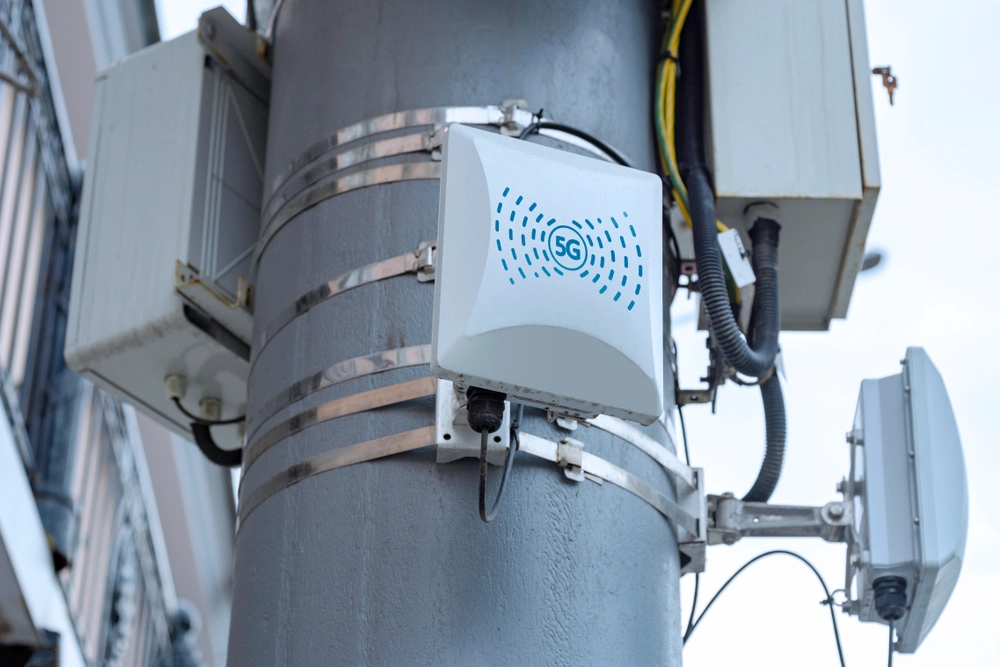
5G is the next generation of cellular connectivity technology. The previous 4G generation was the gold standard for mobile internet access throughout the 2010s, though new developments have enabled increased speed and decreased latency.

4G vs 5G
The biggest differences between the new and previous generations are speed, latency and signal frequency.
Latency is the time it takes for a device to send and return a data packet, which is expected to reduce from between 60 and 98 milliseconds to less than 5ms.
The potential download speed of 5G is twenty times higher than that of 4G, with speeds reaching as much as 20 gigabytes per second (Gbps) compared to capping out at 1 Gbps for 4G devices.
5G also operates on a much higher frequency spectrum than its predecessor, with frequencies as high as 300 gigahertz (GHz). 4G, on the other hand, does not reach beyond 6 GHz.
How long will it take to roll out?
5G rollout is a project decades in the making, with work expected to continue through the mid-2020s.
This is because 5G, unlike previous iterations, utilises small-cell technology as opposed to the current cell towers. As a result, there is a great deal of infrastructure adaptation that needs to take place in order for 5G to be readily available for everyone.
Is Huawei part of the UK 5G network?
Before 2020, Chinese telecom giant Huawei was allowed to be part of the UK’s new telecoms infrastructure. However, after the country was sanctioned by the US, the UK followed suit by banning all future Huawei products from being used in British networks.
Along with the ban, the UK government has also ordered all Huawei parts to be removeds by 2027, though British telecoms providers including BT have argued that this is a “massive job” and received some concessions.






